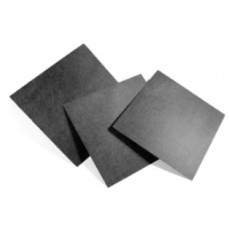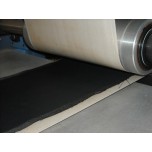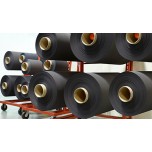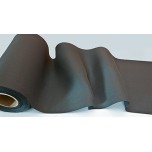
See the most up to date version of the GDL Comparison Chart here!
Gas Diffusion Layers (GDL) are one of the components in different types of fuel cells including, but not limited, to Proton Exchange Membrane and Direct Methanol fuel cells. Gas Diffusion Layers serve to provide conductivity in the cell and control the contact between the reactant gases and the catalyst. This layer also aids in managing the water transport out of the membrane. Another essential function of a GDL is to provide a connection between the membrane electrode assembly and graphite plates in the fuel cell stack.
The Fuel Cell Store carries the largest selection of Gas Diffusion Layers in the world! We help you compare all the Gas Diffusion Layers we offer in one simple file so you can narrow down the perfect GDL for your project. With our Gas Diffusion Layer Comparison Table you can compare the specifications of all our carbon papers, carbon cloths, and carbon felts with ease.
If you still need further help selecting a GDL or have any questions, please contact us at sales@fuelcellstore.com.
 Gas Diffusion Layer Comparison Table
Gas Diffusion Layer Comparison Table
 Gas Diffusion Layer Comparison Table
Gas Diffusion Layer Comparison Table
 Gas Diffusion Layer Comparison Table
Gas Diffusion Layer Comparison Table


























Enter the code in the box below: